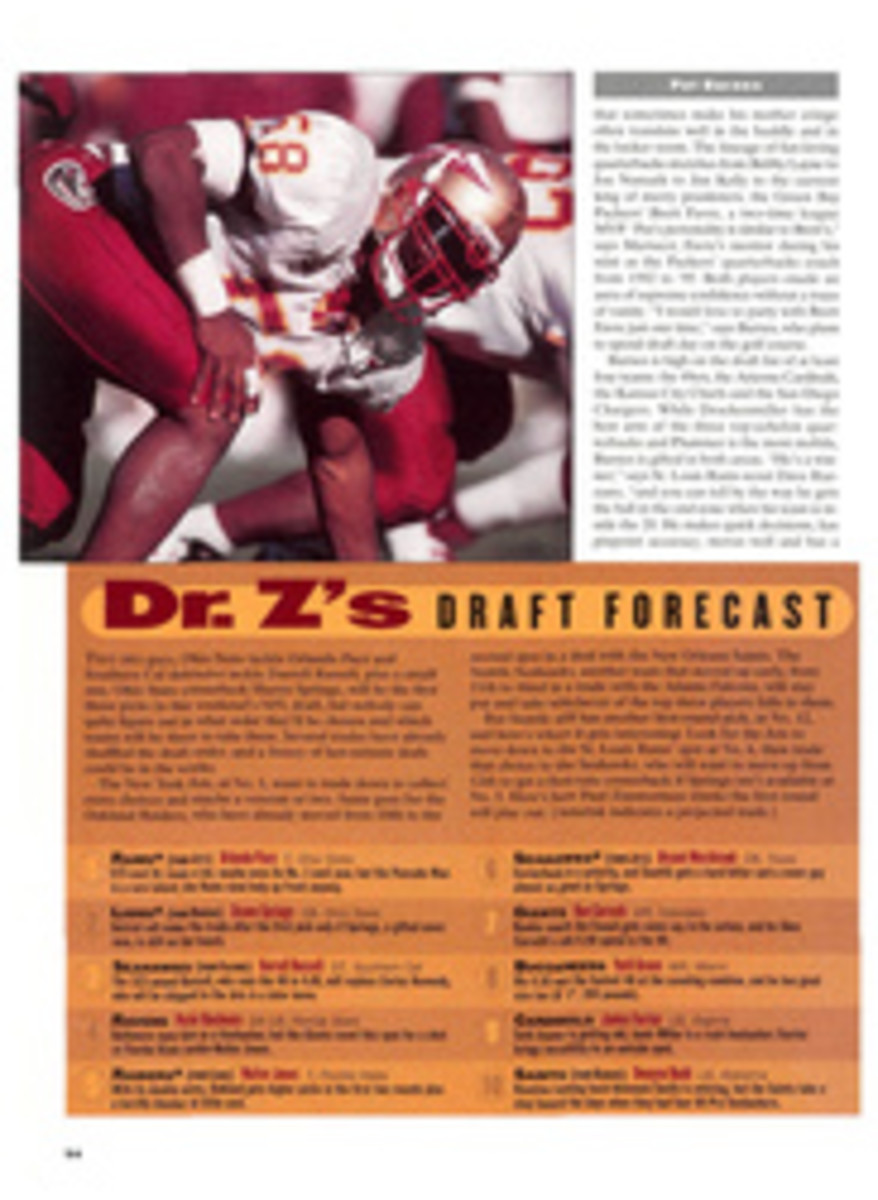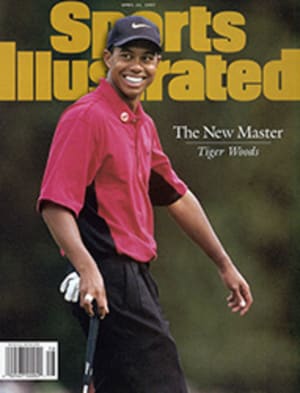
AGATE ADDICTION NO MATTER HOW THEY'VE CHANGED, BASEBALL BOX SCORES REMAIN A TOUGH HABIT TO KICK
I had the newspaper opened to an entire page of baseball box
scores when my wife walked into the room, looked at me as if I
were a moron and left. I'm not sure how long she was gone--maybe
five minutes, maybe 25--but when she returned, I had not moved,
and she asked how many hours of my life I'd frittered away
studying those endless columns of microscopic numbers. Then she
said, "The really frightening thing is that you look like
you're reading Moby-Dick."
That's because with statistics such as runners moved up; runners
left in scoring position, 2 out; GIDP (grounded into double
play); Pitches-strikes; bf (batters faced); and other minutiae,
the box score is now nearly as detailed as the Melville novel.
Everything's in it except how many times a player scratches
himself, though I don't know why that couldn't be included: SP
3, for scratched privates three times.
"I don't read every one of them anymore," says NBC's Bob Costas,
who thinks the explosion of sports information, much of it in
agate type, is mind numbing. "How can you consume all the stuff
that's out there before your eyes glaze over?"
The baseball box score, more than boxes for other sports, shares
a problem with the mousetrap: People can't resist trying to
build a better one. Baseball writer and historian Henry
Chadwick, who is credited with creating the modern box score
around 1860, would barely recognize the mutant descendant. The
box score was pretty standard in the first half of this century,
after which putouts and assists were dropped and a tabular
pitching summary was added.
In the early 1980s USA Today sports managing editor Henry
Freeman began the biggest makeover, adding a scoring summary and
incidental stats such as caught stealing and umpire locations to
make his boxes the most comprehensive, in part to attract
stat-crazy Rotisserie league players. The National, the
short-lived sports daily, added more innovations in '90,
including updated batting averages. There haven't been many
changes since, but more newspapers now run a version of the
expanded box score produced by STATS, Inc. and distributed by
the Associated Press.
Oakland Tribune columnist and longtime baseball pundit Leonard
Koppett, for one, thinks the expanded box is nonsense. "I've
missed the old box score for 40-some years," he says. "When the
box score had putouts and assists in it, you could practically
reconstruct a game from reading it."
Fine, says STATS president and CEO John Dewan, but not everyone
is that nostalgic: "If you went back to the old box score
there'd be a lot of complaints. What would you rather know, a
player's updated batting average or how many putouts and assists
he had?"
Even with all the additions, box scores have evolved as concise,
neat, indisputable autopsies that for millions of fans are as
essential as a morning cup of coffee. A four-hour game can be
distilled to a block of information the size of a bleacher
ticket."The magic of box scores is that you can see the
action--the game just runs through your head," says Paul
Dickson, author of The Joy of Keeping Score.
For me, the attraction was always the cold, naked record of
success and failure. I get sick pleasure out of seeing that
Florida Marlins rightfielder Gary Sheffield, who just signed a
contract that will pay him roughly $60,000 a game, went a measly
1 for 5 against the Cincinnati Reds. On the other hand, I figure
that if Atlanta Braves shortstop Jeff Blauser can go 4 for 4
against the Houston Astros, I'm capable of winning a Nobel Prize.
Author and editor Pete Hamill, who grew up trying to score
tickets to Brooklyn Dodgers games at Ebbets Field, raises a
frightening specter. The box score is essentially a form of
hieroglyphics, and what if, in 2,000 years, it's all that's left
to explain us? Some people can't even crack the code today.
"We're trying to do more with immigrant groups," Hamill, who
runs the New York Daily News, says of his paper's efforts to
attract more readers, "and when we ask them what is the most
mystifying thing about American culture, the Chinese say the box
score. They're trying to get into it, but they cannot figure the
thing out."
By the time they finally do, it'll probably change again. "I'm
not sure," says Paul White, editor of Baseball Weekly, who
helped design USA Today's original box score. "I think there's a
point of diminishing returns, and I don't know what else we
could add at this point. But I said the same thing 10 years ago."
COLOR ILLUSTRATION: EVANGELOS VIGLIS [Drawing of man reading box scores with microscope]

